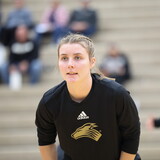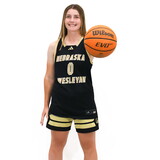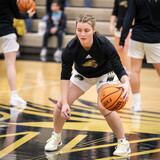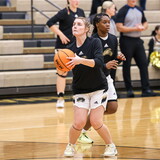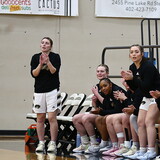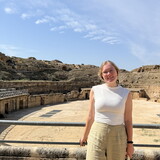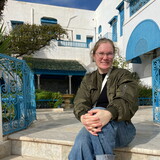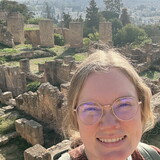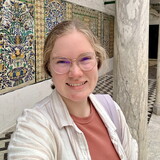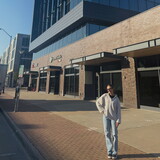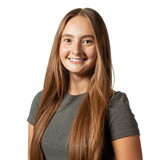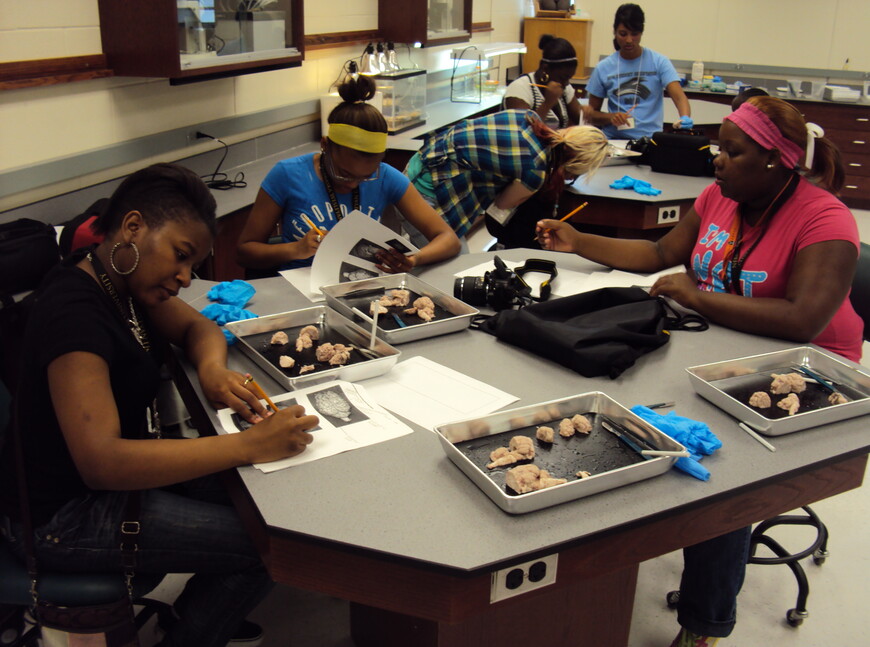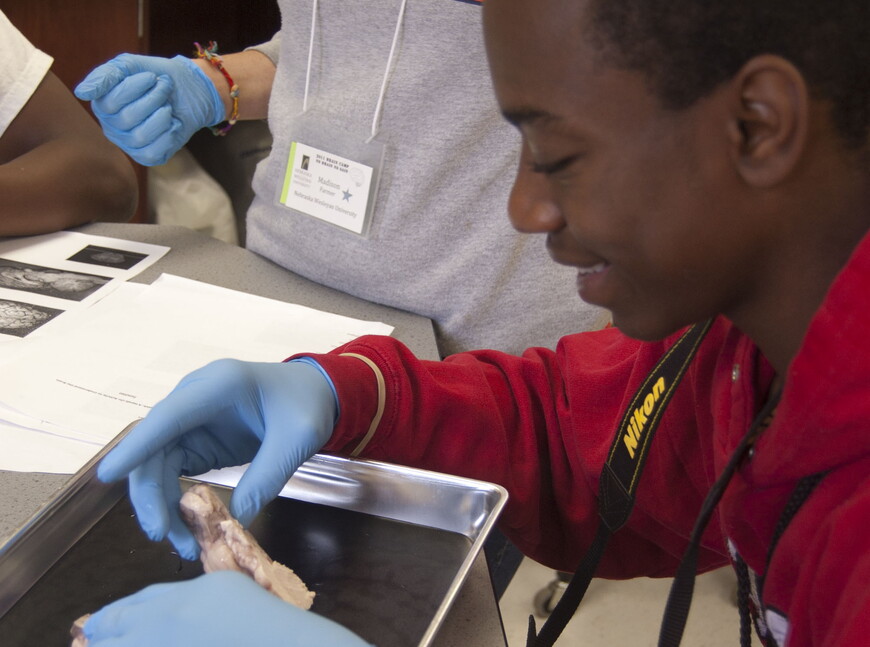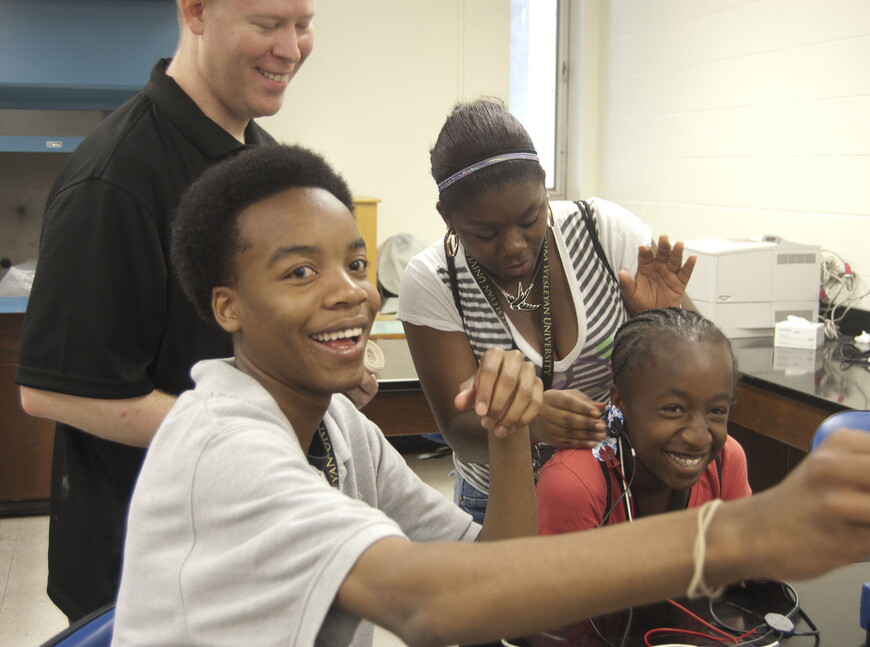Summer camp is a rite of passage for many kids.
But it’s unlikely many of those kids are going to camp to dissect brains or create ceramic pieces based on brain stems and neurons.
That’s exactly what a group of Omaha students did at a recent summer enrichment program hosted by Nebraska Wesleyan University.
The camp is the result of a partnership between NWU and the Avenue Scholars Foundation, a program started in 2008 to support students from Omaha area high schools who need some extra guidance as they continue from high school, into college, and eventually the workforce.
Avenue Scholars personnel requested a camp that would be academically intriguing and entertaining.
“It’s not that often you get to combine psychology, art and science into one nice program,” said NWU psychology professor Frank Ferraro, who helped develop the brainy curriculum.
Campers kicked off the weekend-long program by assembling beads that resembled the human brain cell complete with dendrites, cell bodies and terminal buttons. Next, campers teamed up for a workshop taught by Ferraro called “Don’t Be Sheepish.” Students dissected sheep brains and not only learned the scientific names for each part but also learned about the regions critical for processing hunger, smell, memory and emotions.
“Some didn’t think they would like it but ended up really enjoying it,” said Ferraro, who teaches neuroscience courses at NWU. “Textbooks often color code the parts of the brain but here we were able to show them what the brain really looks like.”
After dissecting sheep brains, students rotated through other workshops taught by NWU faculty and assisted by NWU students. A biology workshop emphasized the role the brain and nervous system play in generating reflexes and sensations. Campers measured and recorded their brains’ electrical activity using an EEG. In the health and human performance workshop, campers learned how mental imagery plays an important role in physical performance.
In the art workshop, students applied their new knowledge to an art project, which demonstrated the differences between the right and left brain and their effect on creativity. Campers drew brain images and transferred them onto ceramic mugs, which were glazed and fired and taken home as souvenirs of their camp experience.
“This group was very enthusiastic and inquisitive,” said NWU art professor Lisa Lockman. “They learned a whole new vocabulary about the brain in just a couple of days. This truly was a hands-on experience for them.”
The students documented their experiences with photos that were later turned into slide show presentations on the camp’s final day.
“Studies have shown that through reflection and open dialogue, students are more able to mentally and emotionally synthesize their experiences, making the experiences more complex,” said Candice Howell, assistant to the provost for student success and diversity at Nebraska Wesleyan University.
Ferraro is confident the students will remember not only their experience but the academic lessons as well.
“If you make a lesson more concrete then they are going to remember it,” he said. “I heard students say that now that they have experience looking at a brain, they are even more excited and interested in learning more. That’s what I was really after.”




